50C days ‘the norm’ by 2050 in western Sydney: New report tackles urban heat threat
Amid forecasts of heatwaves and higher-than-average temperatures this summer, a new report aims to tackle the “silent killer” of rising urban heat across western Sydney.
Western Sydney’s councils are turning up the heat on ways to cool the region down amid catastrophic warnings of more deaths in scorching summer temperatures where 50C days become the norm by 2050.
On the heels of one of the warmest springs on record and forecasts of heatwaves and higher-than-average temperatures this summer, a new report aims to tackle the “silent killer” of rising urban heat across the west.
The Western Sydney Regional Organisation of Councils (WSROC) will today release its plan for cooler, more resilient communities.
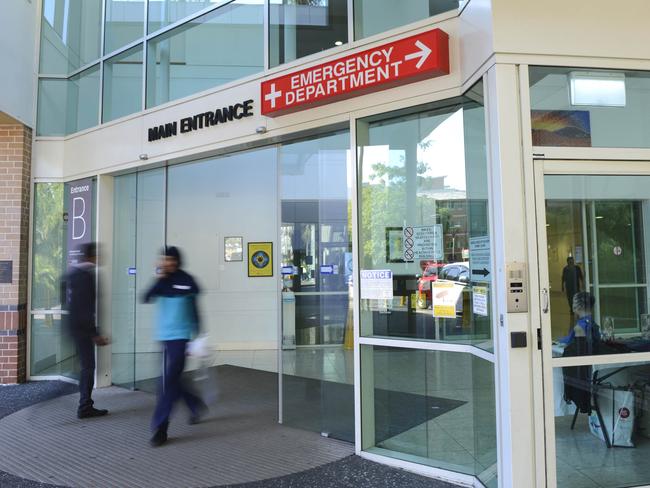
Developed in partnership with 55 stakeholder organisations, the Turn Down The Heat report is the first comprehensive, multisector approach to tackling heat in western Sydney.
“Heat is arguably the greatest natural threat to the western Sydney community, yet we do not take heat as seriously as we do bushfires, floods or storms,” WSROC president Barry Calvert said.
“The impacts of heat are expected to worsen over the next decade as western Sydney develops and becomes more densely populated. Without action, 50C days could become a regular occurrence in western Sydney.”
A Sydney climate change expert predicts temperatures could increase in western Sydney by up to 5C over the next three decades, leading to a dramatic increase of 40-plus degree days.
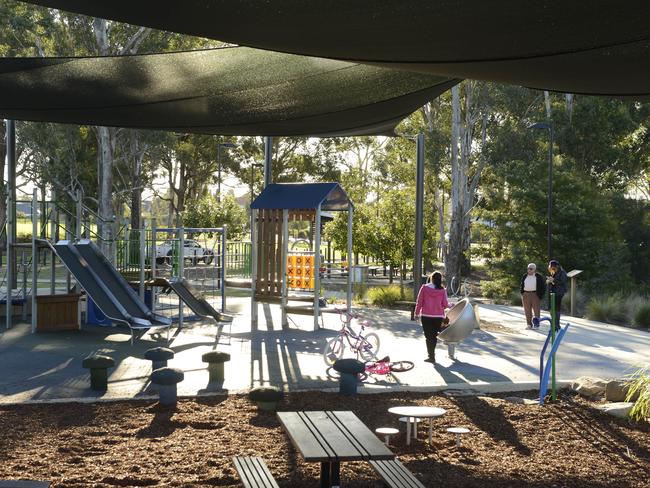
“Heat-related mortality is going to increase as a result of this,” Matt Santamoris, a Professor of High Performance Architecture at the University of NSW, said.
“It’s not just a prediction, it’s what the world’s best experts are saying in World Health Organisation and United Nations reports.
“Rising temperatures are going to cause major health problems in the future.”
Prof Santamoris, who contributed to Sydney Water’s recent Cooling Western Sydney report, said the difference in temperatures between eastern and western Sydney “may increase up to 9C, and possibly up to 12C”.
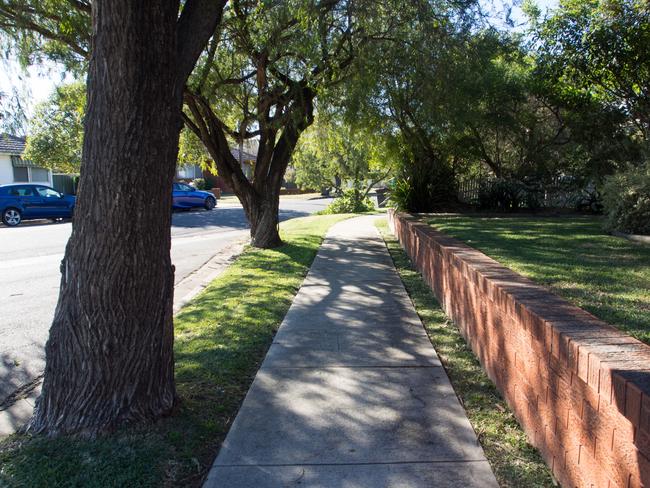
“In order to minimise the impact of this extreme climate change you need to apply new strategies and technologies in the built environment. And this is starting to happen across western Sydney,” he said.
The new WSROC report identifies five key areas for tackling the debilitating impacts of rising urban heat.
These include cooling with green space and water; designs and planning to cool the built environment; innovative and responsive infrastructure and building a “healthy and prepared” community.
“During a heatwave hospitalisations surge, power bills skyrocket, infrastructure breaks down and traffic worsens,” Mr Calvert, the Mayor of Hawkesbury, said.
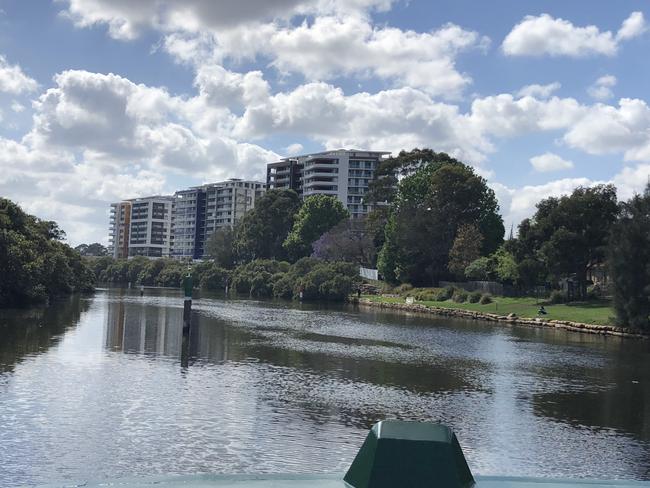
“These impacts are especially felt by our vulnerable communities who may not be able to afford airconditioning, have limited transport access to seek relief or have existing medical conditions which are aggravated by heat.
“The good news is there are many things we can do to mitigate and build resilience.
“This new strategy seeks to facilitate cooler communities by integrating three key pillars of cool urban design: material choice, green space and water.”
‘TREES ARE TOPS’
Andrew Wilson has thrown some serious shade at the threat of development turning western Sydney into a concrete jungle.
The Parramatta Lord Mayor is barking mad about the thousands of fallen trees across the region as his council sets about tackling climate change and urban heat.
“What’s happened with all the new development is a lot of backyard trees have been removed,” Cr Wilson said.
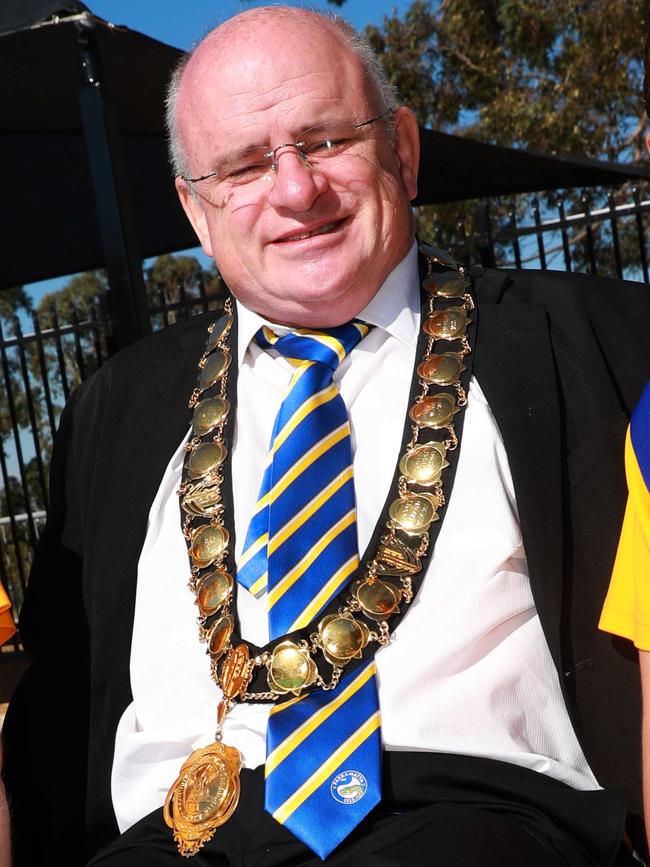
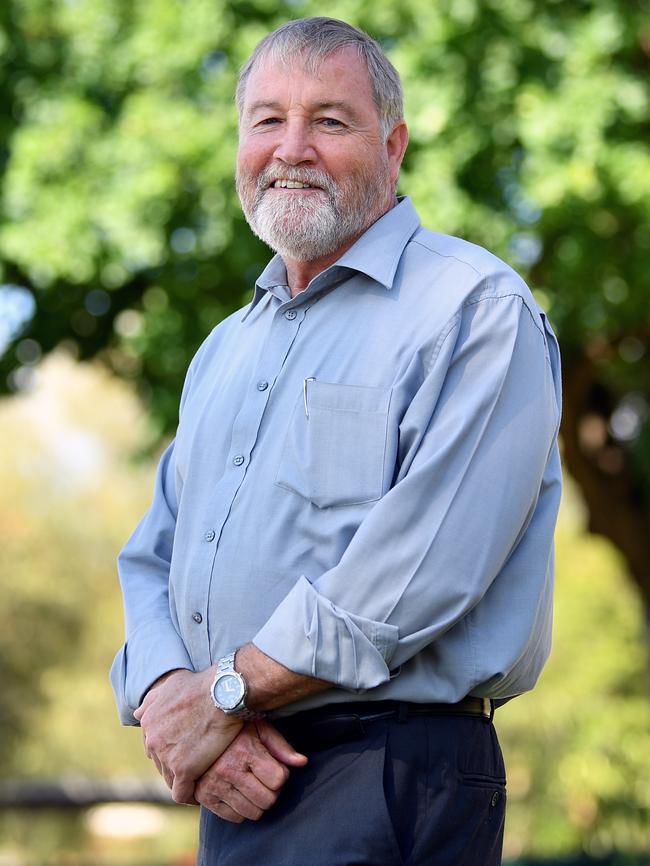
“When you look at Parramatta from above, there’s a lot less tree foliage. And what creates the urban heat is the sun bouncing off all the concrete.
“If you’re going to tackle urban heat, you’ve got to get more shade out there. So the most effective thing (to combat it) is a tree.”
Cumberland Mayor Greg Cummings agrees that more tree canopies are critical to reducing urban heat.
“And when you’re in an urban environment, it has to be the right trees and the right locations. Too often you see magnificent gum trees under powerlines,” Cr Cummings said. “It’s about taking a commonsense approach and encouraging residents to improve their tree coverage.
“We already have two (nature) jewels in Sydney’s crown (with Central Gardens Nature Reserve and Auburn Botanic Gardens), and we’re looking to get Holroyd Gardens up to that standard.”
He said the merged council was still working towards “harmonising” three different tree policies.
“Trees and parks are central to tackling the rising urban temperatures,” Cr Cummings said.
PARRA’S TOP 5 COOLEST IDEAS
● Smart Street: Phillip St will be transformed with an urban forest and temperature sensors to measure thermal comfort
● Cool Parramatta: This initiative advises residents how to keep cool during heatwaves (water play parks, libraries, lake)
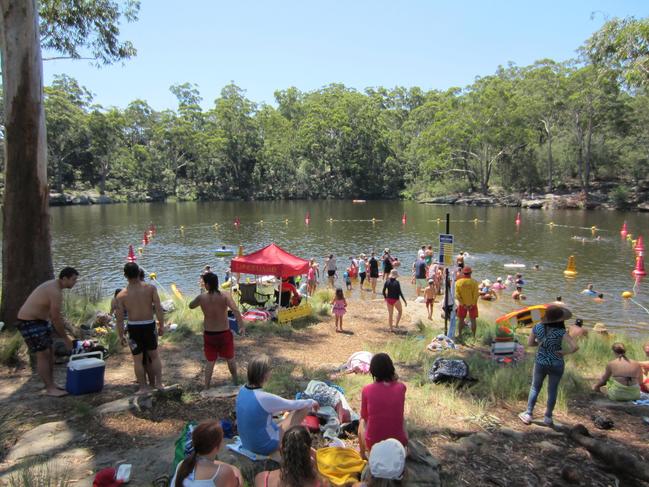
● Make Parramatta River swimmable by 2025: This quest comes after Lake Parramatta was restored as a natural swimming spot
● Sensing the heat: Temperature sensors have been installed in seven social housing properties in the Parramatta LGA
● Reviewing urban heat requirements: Council will seek to further refine requirements for rooftops, building facades, trees and vegetation, and airconditioning in new developments


